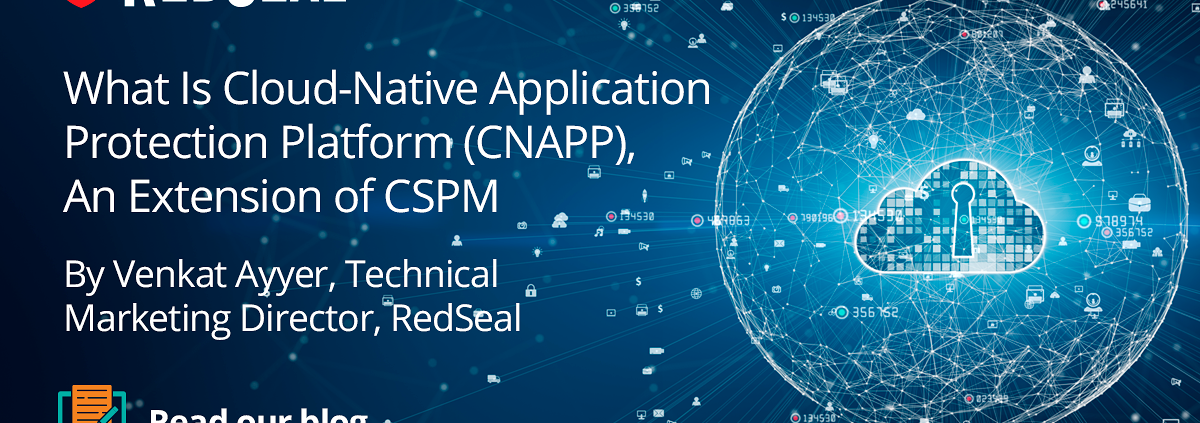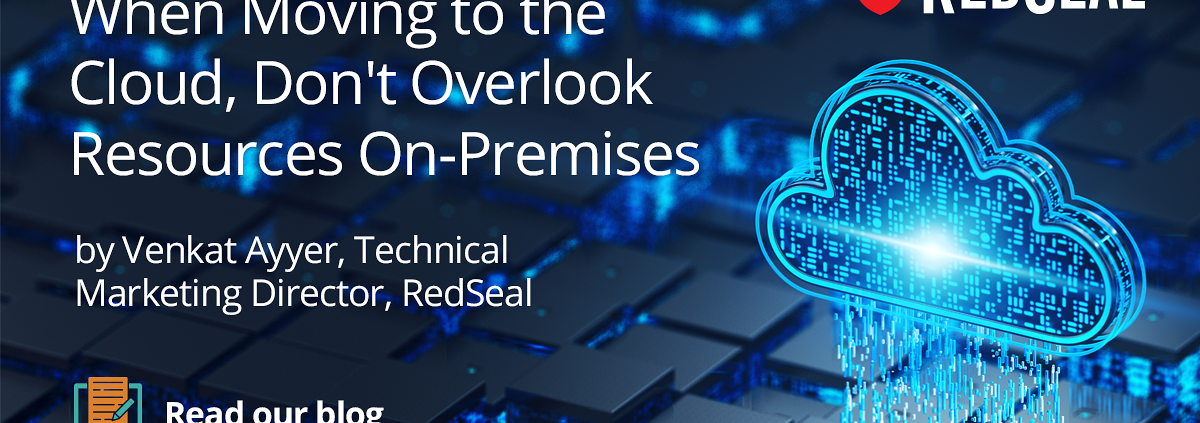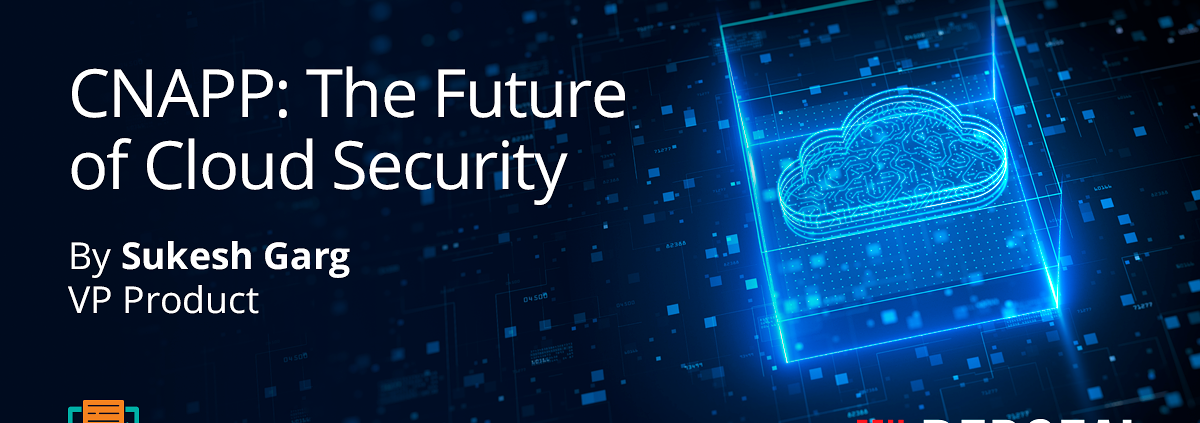What Is Cloud-Native Application Protection Platform (CNAPP), An Extension of CSPM
Modern businesses are increasingly storing data in the cloud and for a good reason — to increase agility and cut costs.
But as more data and applications migrate to the cloud, the risk of data and systems being exposed increases. Conventional methods for addressing security aren’t equipped to manage containers and server-less environments. Therefore, gaps, silos, and overall security complexity increase.
This is where Cloud-Native Application Protection Platform (CNAPP), an extension of Cloud Security Posture Management (CSPM), excels. This new cloud platform combines the features of CSPM, Cloud Infrastructure Entitlement Management (CIEM), Cloud Workload Protection Platforms (CWPPs), CI/CD security, and other capabilities into a unified, end-to-end encrypted solution to secure cloud-native applications across the full application lifecycle.
Where CNAPP/CSPM Vendors Fall Short
It’s important to point out that many CNAPP vendors focus on providing security measures, such as CIS compliance checks or a basic “connectivity” view and segmentation to protect an organization’s applications and infrastructure in the cloud. These measures help prevent malicious actors from gaining unauthorized access to an organization’s resources, but they don’t necessarily provide visibility into potential exposures that may exist in an application’s design or configuration, thus providing a false sense of security.
Most vendors can correlate resources to compliance or identity violations, but the network context of these solutions is often limited, leading to a lack of visibility into the hidden attack surface. This results in insights that are often irrelevant and unactionable, causing security teams to chase false positives or negatives and reducing their overall effectiveness. Additionally, the shortcomings of these solutions can cause DevOps teams to lose trust in the security measures in place, hindering their confidence in the infrastructure.
The most critical gap is CNAPP vendors lack the ability to calculate net effective reachability, which determines the network’s overall connectivity, including identification of potential points of failure or bottlenecks. In simple terms, they cannot accurately determine if their critical resources are exposed to the Internet. Without this information, security teams will be unable to identify the main cause of a problem or effectively prioritize potential threats. The result is inefficiencies and delays in the security response process, leaving the company vulnerable to attacks and flag false positives/negatives to the DevOps teams.
To identify exposures, organizations need to conduct assessments that look for end-to-end access from the internet that drive up risks to the organization from malicious activities such as insufficient authentication or authorization, unvalidated input/output, SQL injection, cross-site scripting (XSS), insecure file uploads, and more.
What Is CNAPP?
CSPM is an automated set of security tools designed to identify security issues and compliance risks in cloud infrastructure.
CNAPPs consolidate the capabilities and functionalities offered by CSPM and CWPPs, providing centralized access to workload and configuration security capabilities. They help teams build, deploy, and run secure cloud-based apps in today’s heavily dynamic public cloud environments.
A CNAPP solution comes with a single control panel with extensive security features such as automation, security orchestration, identity entitlement management, and API identification and protection. In most cases, these capabilities are used to secure Kubernetes workloads.
How Does CNAPP Work?
CNAPP uses a set of technologies, such as runtime protection, network segmentation, and behavioral analytics, to secure cloud-native applications and services. CNAPP provides a holistic view of the security of cloud applications by monitoring and implementing security protocols across the entire cloud application profile.
CNAPP works by identifying the different components that exist in a cloud-native application, such as containers and microservices, and then applying security controls to every component. To do this, it uses runtime protection to monitor the behavior of the application and its components in real time. It leverages methods such as instrumentation to identify vulnerabilities in the application.
Also, CNAPP uses network segmentation to separate different parts of the application and reduce communication between them, thus reducing the attack surface. In addition, CNAPP includes features such as incident response and compliance management to help businesses respond quickly to security incidents, as well as ensure that apps and services comply with industry standards and regulations.
Why Is CNAPP Important?
Cloud-native application environments are quite complex. Teams have to deal with app workloads that continuously move between the cloud, both private and public, with the help of various open-source and custom-developed code. These codes keep on changing as release cycles increase, with more features being rolled into production and old code is replaced with new.
To deal with the challenges of ensuring the security of highly dynamic environments, IT teams often have to put together multiple types of cloud security tools. The problem is that these tools offer a siloed, limited view of the app risk, increasing the company’s exposure to threats. DevSecOps teams often find themselves having a hard time manually interpreting information from multiple, disjointed solutions and responding quickly to them.
CNAPPs help address these challenges by combining the capabilities of different security tools into one platform to provide end-to-end cloud-native protection, allowing security teams to take a holistic approach to mitigate risk and maintain security and compliance posture.
CNAPP with RedSeal
The challenge most enterprises face is that they cannot get clear visibility of their entire network. Most networks are hybrid, with both public and private cloud environments, along with a physical network framework. This provides siloed visibility, which raises security risks.
When CSPM, CWPPs, CIEM, and CI/CD security work together, companies can quickly get a glimpse of what is happening on their network, allowing IT teams to take immediate action.
RedSeal Cloud, a CNAPP solution, provides organizations with a view of their entire cloud framework to identify where key resources are located and a complete analysis of the system to identify where it’s exposed to attacks. RedSeal maps every path and checkpoint, and calculates the net effective reachability of all aspects of your cloud, enabling you to quickly pinpoint areas that require immediate action. Furthermore, it avoids false positives and negatives, and supports complex deployments with different cloud gateway and third-party firewall vendors.
The Right CNAPP Tool for Reliable Cloud Security Management
Ensuring the security of assets in the cloud has never been more important.
Companies can leverage CNAPP capabilities to secure and protect cloud-based applications, from deployment to integration, including regular maintenance and eventual end-of-life. That said, CNAPP solutions are not one-size-fits-all options but rather a combination of different vendor specialties under a single platform, proving single-pane-of-glass visibility to users.
Companies wanting to adopt CNAPPs should focus on how vendors interpret the underlying cloud networking infrastructure, the per-hop policies at every security policy point, including third-party devices, to identify any unintended exposure, and how the solution interacts with other services, both on-premises and in the cloud.
In summary, every company should ask potential CNAPP vendors:
- How do they uncover all attack paths to their critical resources and expose the hidden attack surface?
- How do they calculate the net effective reachability to the critical resources on those paths?
RedSeal’s CNAPP solution, RedSeal Cloud, lets security teams know if critical cloud resources are exposed to risks, get a complete visualization of their cloud infrastructure, and obtain detailed reports about CIS compliance violations.
Want to know how you can stop unexpected exposure and bring all your cloud infrastructure into a single comprehensive visualization? Book a demo with our team to get started!



